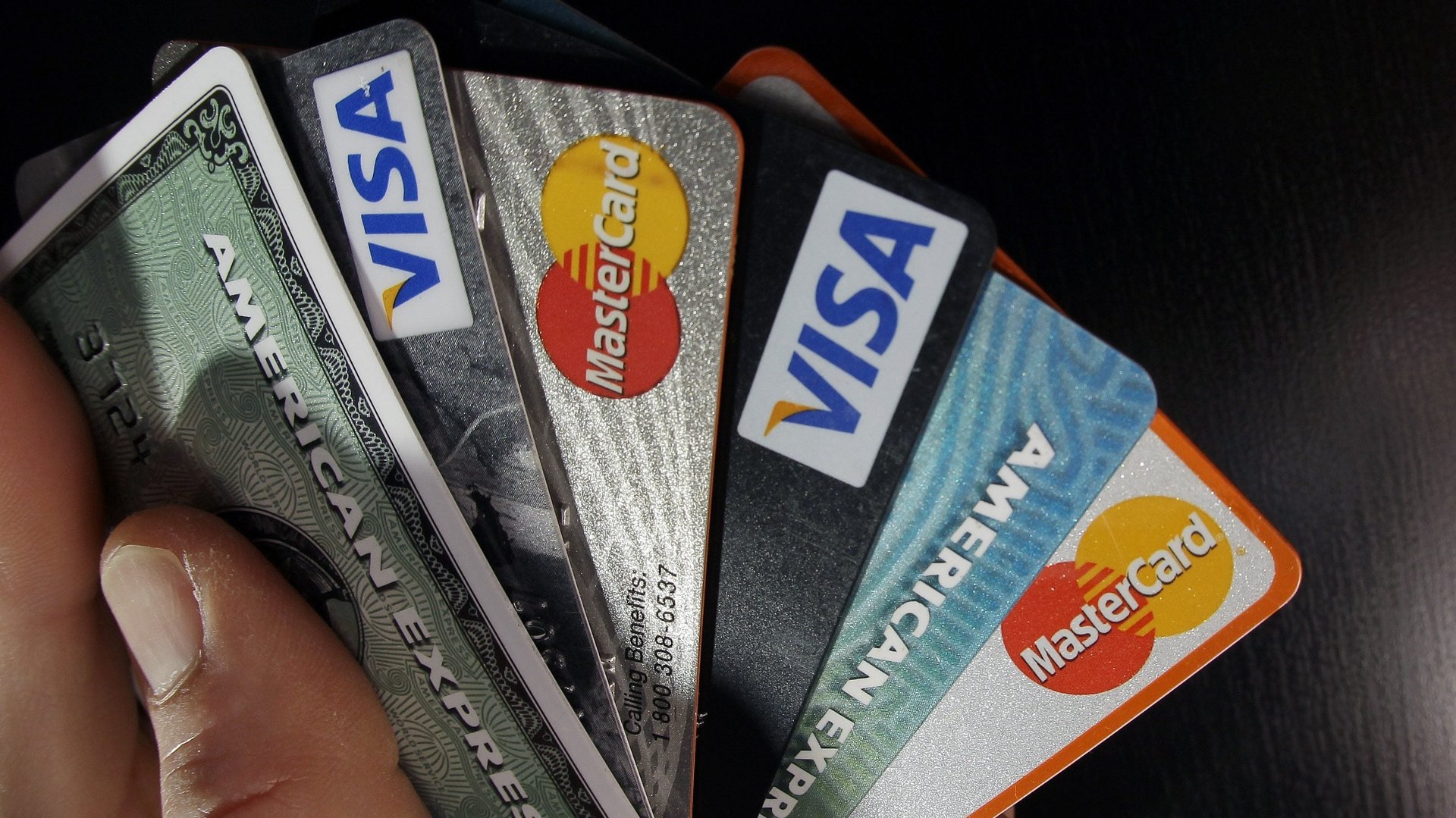It will soon be free to freeze (and unfreeze) your US credit report
In the wake of the Equifax data breach one year ago, in which an estimated 145 million consumers’ personal information was stolen from the credit agency, one of the very few countermeasures customers were given was to freeze their credit, at all three major US credit agencies. A credit freeze restricts access to a consumer’s credit report, making it harder for would-be identity thieves to apply for loans or lines of credit in a victim’s name.


In the wake of the Equifax data breach one year ago, in which an estimated 145 million consumers’ personal information was stolen from the credit agency, one of the very few countermeasures customers were given was to freeze their credit, at all three major US credit agencies. A credit freeze restricts access to a consumer’s credit report, making it harder for would-be identity thieves to apply for loans or lines of credit in a victim’s name.
Freezing credit is a cumbersome process, with every agency asking customers to jump through a slightly different set of hoops to activate the freeze, and another every time the freeze needs to be temporarily lifted for a routine financial transaction like obtaining a loan or opening a credit card. In many US states, each freeze or thaw comes with a fee of roughly $5 to $10 per transaction, per agency.
The monetary cost of credit freezing, at least, is soon coming to an end. In May, Donald Trump signed the Economic Growth, Regulatory Relief and Consumer Protection Act. The law does many things, one of which is abolishing those fees. Starting Sept. 21, consumers can freeze and unfreeze their credit without paying a fee. (The act’s net impact on consumers isn’t clear: it also eased restrictions on banks placed after the 2008 financial crisis.)
Freezing credit is one of the few tools customers have at their disposal to protect their identity in the wake of the Equifax breach, but a majority of Americans hasn’t done it. Only an estimated 2% to 3% of Americans had a credit freeze in place at the time of the hack, according to Bloomberg News. Various surveys have found that only 8% to 20% of customers have enacted one since. Removing the financial barriers may be one step to growing that number.